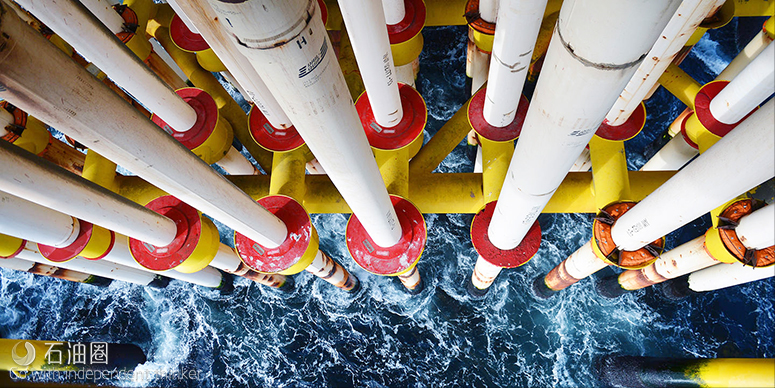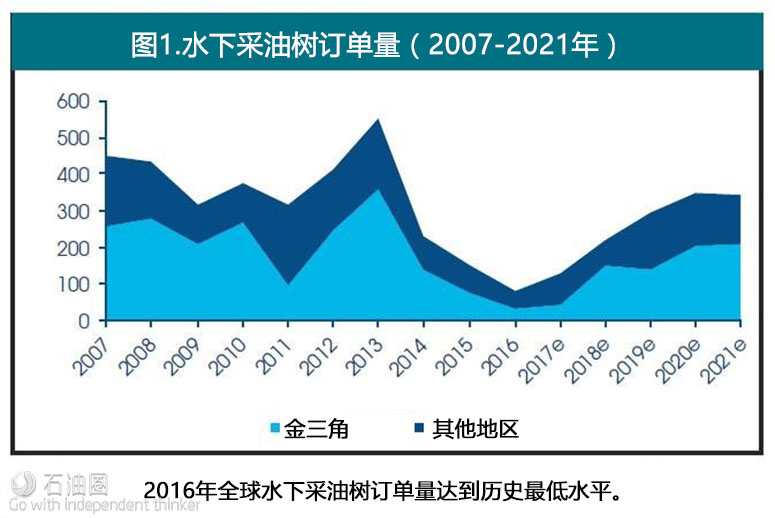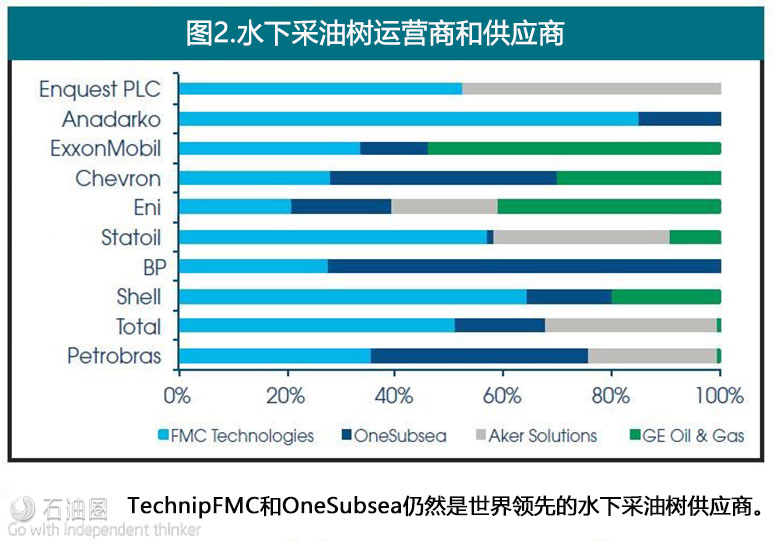The global subsea market has undergone one of, if not the, most brutal downturn in recent history. The Upstream Supply Chain research group at Wood Mackenzie has observed that lengthy project delays caused by long-term concerns about subsea cost stemming back from the previous decade coupled with the oil price crash of 2014 have created a perfect storm of challenges for the overall offshore market.
Adapting to new conditions
The oil and gas industry has always been one of innovations driven by the challenges of maximizing recovery safely and efficiently. This downturn required the industry to closely examine how it executes subsea projects and understand how it can further increase efficiency, return and recovery.
Industry collaboration has been an ongoing theme in the industry as the supply chain comes together with unique solutions to the high cost issues in deep water. The operators are doing their part by reassessing their developments, prioritizing the highest potential and optimizing development concepts given an outlook of a lower-for-longer oil price. The operators and supply chain have come together to work on these projects earlier in the life cycle than had historically taken place in the hopes that the earlier the two parties work together on a project, the better the chances are at maximizing potential efficiencies and “red flagging” potential costly pitfalls.
Near-term demand outlook
According to Wood Mackenzie, the near-term outlook for subsea demand is one of growth compared to 2016, which saw fewer than 100 subsea trees ordered for the year. In the base-case forecast for 2017 Wood Mackenzie is forecasting about 120 subsea tree orders. While this still pales in comparison to previous years’ activity, it remains an upward move from 2016.
Brazil will remain weak in 2017, with limited demand potential for 2018. There remains a large inventory of subsea trees for Petrobras that will likely satisfy project startups until 2020 (containing subsea tree startups for years in the future).
Africa’s outlook for the next 24 months is flat to slightly down compared to the previous two years. The natural gas projects of Northern Africa have helped buoy local subsea demand in the recent past. While Wood Mackenzie does not expect significant improvement in this market over the near term, it is important to remember the region will continue to play a critical part in overall global demand.
The North Sea actually stands to realize the highest recovery in the near term. Coming off a record year in 2013, the past three years have seen very muted subsea activity from the North Sea. Wood Mackenzie expects the region to outpace the past three years’ worth of subsea demand within the next 24 months. Projects like Johan Castberg, Njord Future, Cheviot and Snorre Future projects underwrite the region’s near-term potential.
Golden Triangle will remain long-term driver
With a slight adjustment to the definition, the Golden Triangle will remain dominant in future subsea demand. The Brazil portion of the region will need to be expanded to South America in general, and West Africa will need to be extended up to North Africa and around to East Africa. These areas are expected to represent about 60% of future subsea demand through the end of the decade.
Brazil can only grow from the current lack of subsea demand experienced since its record-setting year in 2013. Recent legislature working to enable international oil companies (IOCs) to come in and operate presalt fields will help accelerate this recovery. Adjustments to local content requirements also will open up opportunity for Brazil by enabling active operators to more widely use the global supply chain. That said, exploration success and subsequent project executions in frontier areas around the continent (Falkland Islands, Guyana, etc.) will help support the continent’s anticipated growth.
Due to the historical high cost of developments off Nigeria and Angola, the current downcycle has severely impacted their subsea demand. Instead of new megaproject executions, smaller scale subsea tiebacks and infill subsea orders are underlying award potential for the countries. African demand through the end of the decade will be underwritten by natural gas finds in North and East Africa. The Transform Margin also has an interesting backlog of smaller oil developments operated by a handful of different operators.
The U.S. Gulf of Mexico (GoM) will remain the main source of subsea demand in North America through the forecast period. The region has struggled considerably through this downcycle, seeing IOCs and independents alike stalling, selling and reengineering projects. This activity is leading to an anticipated uptick in 2017-2018 subsea demand, when more efficient versions of these projects are executed.
A key driver to recovery and ongoing activity is diversity— in projects, in operators and regionally. While South America and Africa are growing their diversity, U.S. GoM operators have a long history of using this diversity to their benefit. Typically, the majors will push the frontier boundary of developments in terms of water depth, and a strong mix of independent operators will come in behind that wave and develop more marginal fields as subsea tiebacks.
Suppliers competing for less
Global equipment suppliers have been grappling with quickly diminishing backlogs during this downturn as recovery remained just out of reach. Members of the supply chain have collaborated and consolidated through this challenging period and have emerged a more efficient and stronger group of companies. They’re focusing on various aspects of the subsea project— well efficiencies, subsea plumbing and installation, among others—to provide cost-effective avenues to project execution.
Through year-end 2016 it appears that relationships still weigh heavily on market share results. For major subsea production equipment TechnipFMC and OneSubsea remain the long-term supply leaders. They hold strategic frame agreements with some of the most active operators in deep water, and where they do not hold frame agreements, they have longstanding relationships with them.
That said, the next few years could see some interruption in typical market share trends. Operators are considering the cost-reducing strategy of opening up the bid process to nonframe-agreement holders. The highly competitive nature of the subsea market at the moment could prove this approach successful and provide an extra amount of cost savings for the operator. How permanent, if at all, those interruptions might be long-term are hard to understand since many deepwater operators are creatures of habit and tend to stay true to suppliers and contractors with whom they have a long track record.
Cautious optimism ahead
Subsea and the greater deepwater market have undergone a tremendously difficult period wherein operators have had to reevaluate how they do business. The industry will have to redefine what a “good” year means to their business since a return to historic norms is all but impossible before the turn of the decade. That said, the industry continues to adapt and incorporate lessons learned to evolve into a more compact and efficient market better poised to withstand the lower oil price outlook.


 石油圈
石油圈


